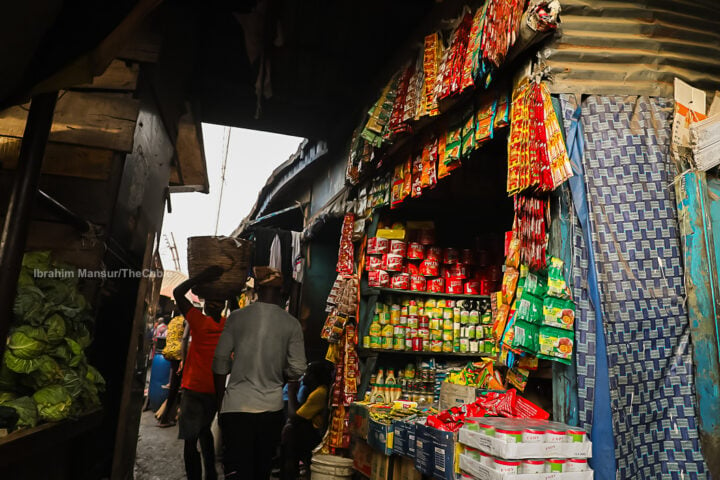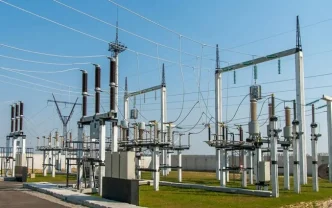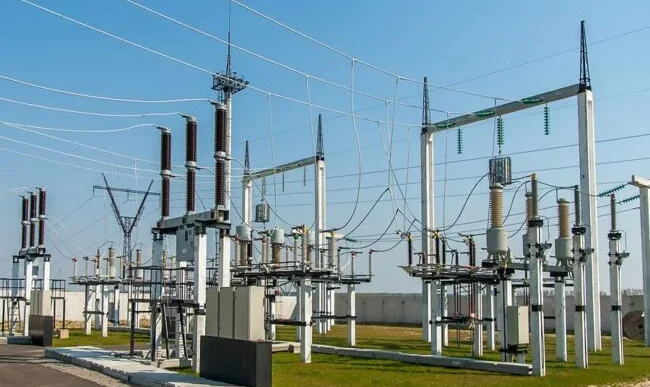The National Bureau of Statistics (NBS) says Nigeria’s headline inflation rate edged up to 24.23 percent in March 2025.
The NBS announced the increase in its consumer price index (CPI) for March on Tuesday.
The new rate indicates an upward movement from the 23.18 percent reported in February.
It also signals a return to levels (24.48 percent) recorded in the beginning of year following the CPI rebasing.
Advertisement
“In March 2025, the Headline inflation rate rose to 24.23% relative to the February 2025 headline inflation rate of 23.18%,” the bureau said.
“Looking at the movement, the March 2025 headline inflation rate showed an increase of 1.05% compared to the February 2025 Headline inflation rate.
“Furthermore, on a month-on-month basis, the Headline inflation rate in March 2025 was 3.90%, which was 1.85% higher than the rate recorded in February 2025 (2.04%).
Advertisement
“This means that in March 2025, the rate of increase in the average price level is higher than the rate of increase in the average price level in February 2025.”
The statistics body said the headline inflation rate was driven by cost of food, transport, and accommodation services.
‘FOOD INFLATION ROSE TO 21.79%’
The statistics firm said food inflation rate in March 2025 was 21.79 percent on a year-on-year basis.
Advertisement
“However, on a month-on-month basis, the bureau said food inflation rate was 2.18 percent in the period reviewed, “up by 0.50% compared to February 2025 (1.67%)”.
“The increase can be attributed to the rate of increase in the average prices of Ginger (fresh), Garri (Yellow), Broken Rice (Ofada), Honey (Natural Production), Crabs, Potatoes, Plantain Flour, Peri-winkle (Unshelled), pepper (fresh), etc,” the NBS said.
The NBS report said food inflation, on a year-on-year basis, was highest in Oyo (34.41 percent), Kaduna (31.14 percent), Kebbi (30.85 percent).
On the other hand, states such as Bayelsa (9.61 percent), Adamawa (12.41 percent), and Akwa Ibom (12.60 percent) recorded the slowest rise in food inflation on year-on-year basis.
Advertisement
The bureau also said on a month-on-month basis, food inflation was highest in Oyo (19.74 percent), Kaduna (17.24 percent), and Kebbi (14.03 percent) while states like Sokoto (-14.10 percent), Nasarawa (-9.91 percent) and Edo (-5.78 percent) recorded a decline.
Advertisement









